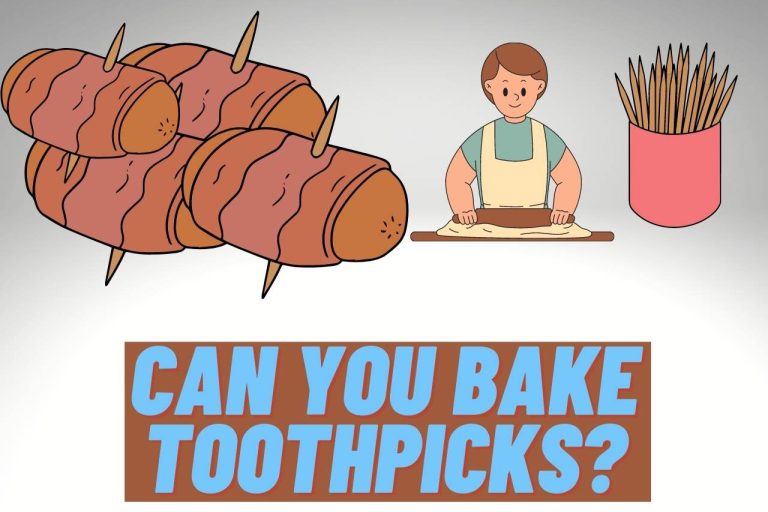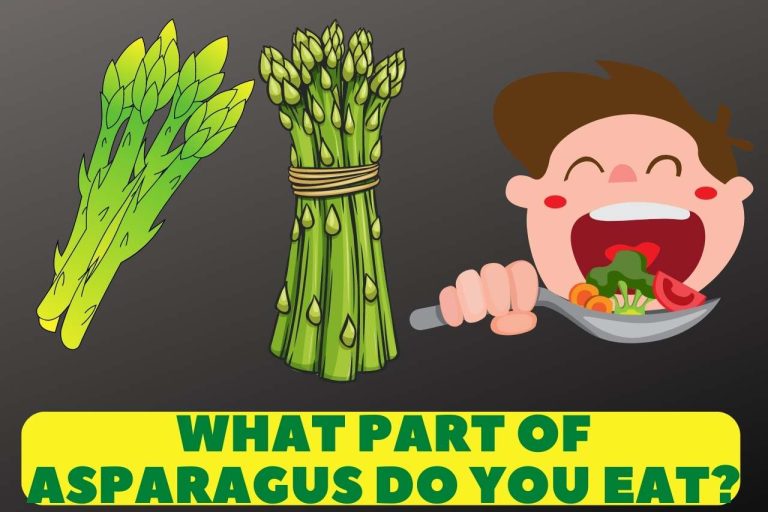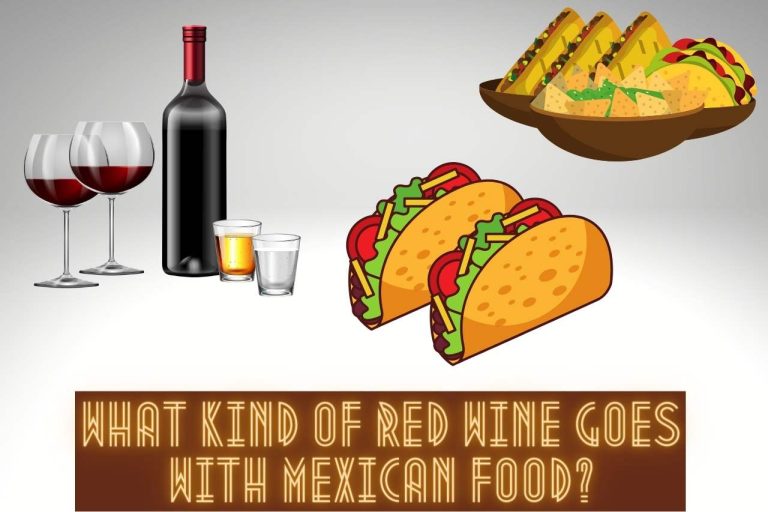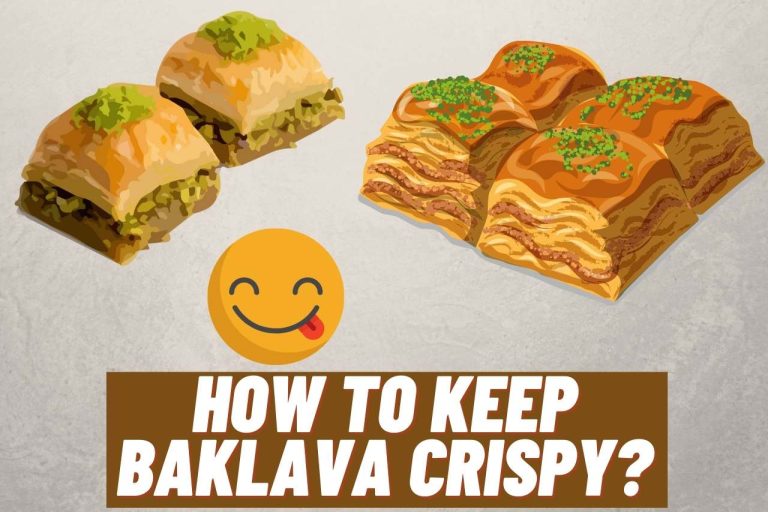Hexclad vs Caraway: Cookware Showdown
Choosing the right cookware for your kitchen can be a daunting task, especially when faced with high-quality options like Hexclad vs Caraway. Both brands offer unique features that cater to different cooking styles and preferences. In this comprehensive guide, we will delve deep into the specifics of Hexclad vs Caraway, analyzing their pros and cons to help you make an informed decision. From durability to ease of cleaning, we’ve got it all covered. Stay tuned to discover which cookware suits your needs best.
What Are HexClad and Caraway Known For?
HexClad and Caraway are renowned for their distinct contributions in the culinary world. HexClad is celebrated for its innovative hybrid cookware, combining the benefits of stainless steel and non-stick technology. This blend offers durability, even heating, and ease of cleaning.
On the other hand, Caraway has gained recognition for its eco-friendly cookware sets. Crafted with ceramic non-stick surfaces, these sets prioritize toxin-free cooking and sustainable production methods.
Both brands have garnered attention for reimagining cooking experiences with unique designs and features that resonate with modern home chefs seeking efficiency and style in their kitchens.
What Materials Are Used in HexClad and Caraway Cookware?
The materials used in HexClad and Caraway cookware vary to offer distinct cooking experiences.
HexClad cookware is crafted using a combination of stainless steel and non-stick materials. Its unique design features a laser-etched hexagonal pattern on the cooking surface, providing both non-stick properties and efficient heat distribution. This hybrid construction allows for versatile cooking, making it suitable for searing, browning, and sautéing, while the non-stick surface simplifies food release and cleanup.
On the other hand, Caraway cookware is constructed from ceramic-coated aluminum. The aluminum core ensures even heat distribution, while the ceramic coating offers a non-toxic and non-stick cooking surface. This design promotes healthy cooking, as the ceramic coating is free from potentially harmful chemicals commonly found in traditional non-stick coatings. Caraway’s cookware aims to combine functionality with sustainability, as their products are designed for durability and eco-friendliness.
In summary, HexClad utilizes a fusion of stainless steel and non-stick elements with its distinctive hexagonal pattern, whereas Caraway focuses on ceramic-coated aluminum for even heating and non-toxic cooking, aligning with different culinary preferences and priorities.
How Easy Is It to Clean HexClad vs Caraway Cookware?
Cleaning HexClad and Caraway cookware differs in ease due to their distinct materials and coatings.
HexClad cookware boasts a non-stick surface created by a combination of stainless steel and a unique hexagonal pattern. This design minimizes food sticking and makes cleaning relatively effortless. A simple wipe or gentle scrub with a non-abrasive sponge usually suffices. However, to maintain its non-stick properties, avoiding harsh cleaners and abrasive tools is crucial.
In the case of Caraway cookware, the ceramic coating on aluminum ensures easy food release and cleaning. The non-toxic nature of ceramic makes it less prone to stubborn residue buildup. Cleaning typically involves using mild dish soap, warm water, and a soft sponge. Abrasive cleaners or metal utensils should be avoided to preserve the ceramic coating’s longevity.
In summary, both HexClad and Caraway offer ease of cleaning due to their non-stick properties, with HexClad using its stainless steel and hexagonal pattern, while Caraway relies on a ceramic-coated aluminum construction.
What Type of Cooking Surfaces Are HexClad and Caraway Compatible With?
HexClad and Caraway cookware are compatible with a range of cooking surfaces.
HexClad cookware, designed with a stainless steel and non-stick hybrid construction, is versatile and can be used on various cooking surfaces, including gas, electric, ceramic, and induction stovetops. The stainless steel base ensures even heat distribution on induction surfaces, while the non-stick aspect simplifies cooking and cleaning.
Caraway cookware, featuring a ceramic-coated aluminum build, is also adaptable. It works well on gas, electric, and ceramic stovetops. However, it’s important to note that Caraway cookware is not induction-compatible due to its aluminum construction.
Both HexClad and Caraway cookware can be used on gas and electric stovetops, while HexClad offers the additional benefit of induction compatibility due to its stainless steel base.
What Is the Cost Difference Between HexClad and Caraway?
Cost Difference Between HexClad and Caraway Cookware:
HexClad
- Higher Price Range
-
- HexClad cookware tends to be at the higher end of the price spectrum.
- Reflects its premium features and innovative design.
-
-
Materials and Construction
-
- Combines stainless steel and non-stick elements.
- Unique hexagonal pattern on the cooking surface.
- Stainless steel offers durability and even heat distribution.
- Non-stick feature enhances cooking and cleaning convenience.
-
-
Innovative Design
-
-
- Hexagonal pattern promotes non-stick properties and efficient cooking.
- Allows for versatile cooking techniques.
- Stainless steel base makes it compatible with induction stovetops.
-
Caraway
-
More Affordable Pricing
-
- Caraway cookware is generally priced more competitively
- Provides an accessible option for quality cookware.
-
-
Materials and Benefits
-
- Utilizes ceramic-coated aluminum construction.
- Ceramic coating ensures non-toxic and non-stick cooking.
- Aluminum core provides even heat distribution.
-
-
Induction Compatibility
-
- Caraway cookware is not induction-compatible due to its aluminum build.
- Suitable for gas, electric, and ceramic stovetops.
-
In summary, while HexClad comes with a higher price tag due to its stainless steel and non-stick hybrid design, Caraway offers affordability with its ceramic-coated aluminum construction, making it an attractive option for those seeking quality cookware on a budget.

Are There Warranty and Return Policies for HexClad and Caraway?
Yes, both HexClad and Caraway cookware offer warranty and return policies for customer satisfaction.
Warranty and Return Policies for HexClad and Caraway Cookware
HexClad:
- Limited Lifetime Warranty:
-
-
- HexClad provides customers with a limited lifetime warranty.
- Warranty covers manufacturing defects and ensures product quality.
- Reflects the brand’s commitment to the durability and performance of their cookware
-
-
Caraway:
- 30-Day Trial Period:
-
-
- Caraway offers customers a 30-day trial period upon purchase.
- During this period, customers can use and assess the cookware.
- If not fully satisfied, a hassle-free return process is available within the 30-day timeframe.
-
-
In summary, both HexClad and Caraway prioritize customer satisfaction by offering warranty and return policies that reflect their commitment to product quality and customer experience. HexClad’s limited lifetime warranty assures customers of product quality, while Caraway’s 30-day trial period allows customers to try the cookware and return it if not satisfied.
How Do HexClad and Caraway Perform in Heat Distribution?
How HexClad and Caraway perform in heat distribution varies due to their construction materials and design. HexClad cookware uses a tri-ply design, featuring a layer of stainless steel for durability, then aluminum for heat distribution, and another layer of steel. This results in fairly even heat distribution but can have hot spots. Caraway cookware is made primarily of ceramic-coated aluminum. Aluminum allows for excellent heat distribution, and the ceramic layer helps in maintaining it
Are HexClad and Caraway Pans Non-Stick?
Yes, both HexClad and Caraway pans are designed to be non-stick, but they achieve this feature in different ways. HexClad uses a patented laser-etched hexagonal design layered over a non-stick surface, which offers the benefits of both stainless steel and non-stick cooking. Caraway pans, on the other hand, feature a ceramic non-stick coating that is free from PTFE and PFOA, making it a safer and eco-friendly option. Both options provide efficient non-stick cooking experiences, but Caraway pans are more geared towards those looking for a chemical-free cooking surface.
Here’s an Interesting Video To Watch,
Video Credits: Prudent Reviews YouTube Channel
Keep Reading: Similar Content You May Enjoy







